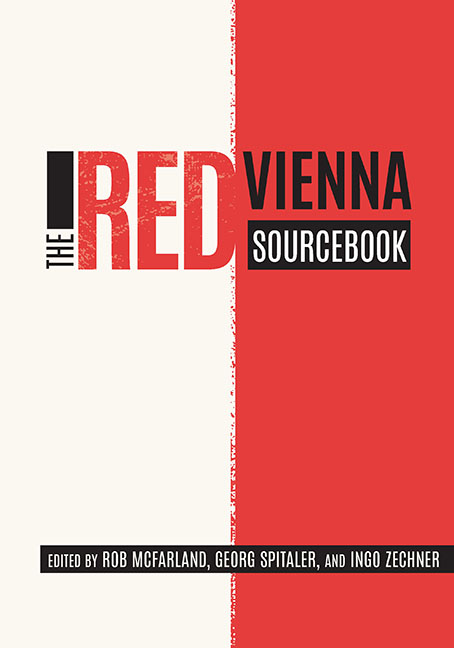Book contents
- Frontmatter
- Contents
- Acknowledgments
- Permissions and Credits
- A Note on the Structure of This Book
- Introduction
- Part I Foundations
- Part II Philosophies
- Part III Identities
- Part IV New Values
- Part V Social Engineering
- Part VI Vitality
- Part VII Housing
- Part VIII Cultural Politics
- Part IX Mass Media
- Part X Exchange
- Part XI Reaction
- Part XII Power
- Chronology
- References
- Contributors
- Index of Subjects
- Index of Persons
Chapter 15 - Welfare
Published online by Cambridge University Press: 23 October 2020
- Frontmatter
- Contents
- Acknowledgments
- Permissions and Credits
- A Note on the Structure of This Book
- Introduction
- Part I Foundations
- Part II Philosophies
- Part III Identities
- Part IV New Values
- Part V Social Engineering
- Part VI Vitality
- Part VII Housing
- Part VIII Cultural Politics
- Part IX Mass Media
- Part X Exchange
- Part XI Reaction
- Part XII Power
- Chronology
- References
- Contributors
- Index of Subjects
- Index of Persons
Summary
IN 1917, WHEN THE AUSTRIAN EMPIRE was still at war, rising rates of infant and child mortality and the spreading of socially determined infectious diseases such as tuberculosis and syphilis inspired the creation of offices for public health and social welfare. The urgency of the social situation in Vienna paved the way for recognizing welfare as the responsibility of public services, replacing ecclesiastical as well as private institutional charity care which depended on the donations and volunteer help of citizens.
In the new Republic of German Austria, the anatomist and university professor Julius Tandler (1869–1936) was nominated as the head of the office of public health in 1919. During his period of service, a new law for the funding of health care facilities was passed. This new law provided a new financial foundation for Austrian hospitals. Instead of relying on private funds, the hospitals now received support from the federal government, the states, and the municipalities. In 1920, after the end of the coalition government, Tandler was appointed city councillor of welfare and public health. Red Vienna became the test ground for a publicly funded welfare and health program. The goal was to improve the social living conditions of destitute working-class families with many children through the establishment and expansion of welfare organizations and institutions. Following the principle that “constructive welfare care is preventive care,” all of the newly created institutions were overseen by the new centralized and networked welfare structure: the city's Intake Center for Children (Kinderübernahmsstelle), the Marriage Counseling Center (Eheberatungsstelle), Counseling Centers for Mothers, the Career Counseling Office (Berufsberatungsamt), the Youth Office, and children's homes. The structure also oversaw approved schools, kindergartens, hospitals, school dental clinics, and sanatoriums for tuberculosis and STD patients, as well as sports and recreational facilities such as public baths, recreational retreats, and vacation homes. Furthermore, numerous Social Democratic organizations and associations, such as the Children's Friends (Kinderfreunde) and the Red Falcons (Rote Falken), offered a comprehensive program of recreational and sports activities. The goal was a “healthier” society where the generation of New Humans embodied political and cultural progress. Preventative measures were meant to implement demographic guiding principles and convey visions of happiness meant for a new society. These principles included the ideal of a socialist nuclear family.
- Type
- Chapter
- Information
- The Red Vienna Sourcebook , pp. 293 - 312Publisher: Boydell & BrewerPrint publication year: 2019

